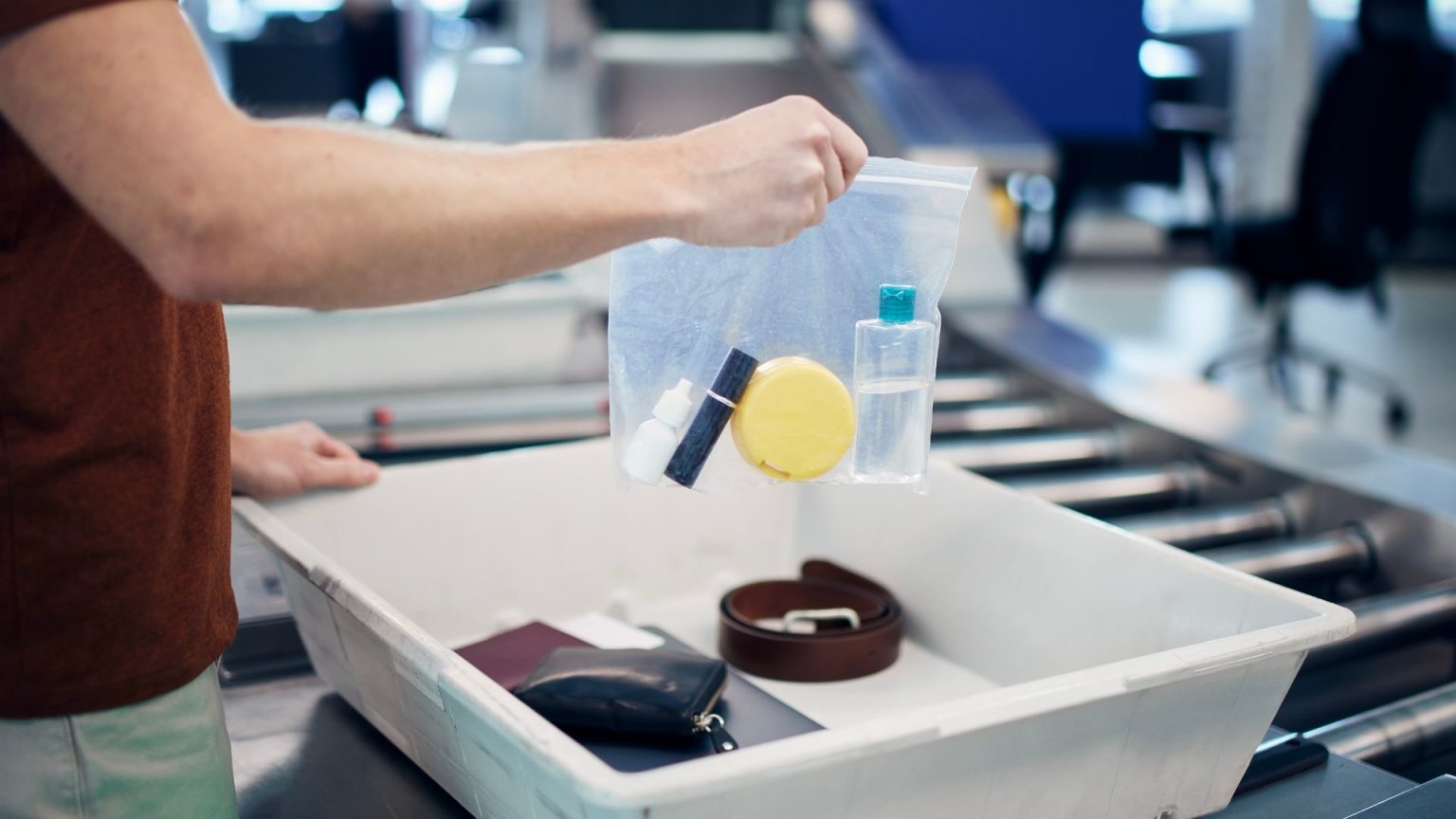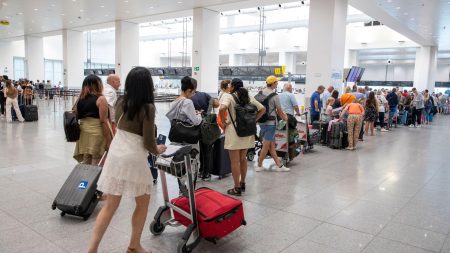Why UK Airports Are Overcoming the 100ml Liquid Carry-on Rule
The UK has seen a wave of changes, particularly in the realm of managing liquids in hand luggage during flights. Initially introduced in 2006 under the "100ml liquid rule," this restrictions limited the amount of liquid passengers could carry on a flight. However, over time, the government and air travel companies have progressively removed this restricting policy for a number of international UK airports.
In 2014, rebels against the 100ml rule began taking a stand, stating that it had made them uncomfortable and set the stage for a more lenient approach. Today, many airports in the UK have.APpt dropped the strict 100ml limit, along with the inconvenience that carried-on bags became a significant obstacle. Today, only about two-thirds of the UK’s 15 international airports have eliminated the 100ml rule. These airports are known as "langerhorns" due to their ability to accommodate more liquids while still making travel manageable.
The new policy is deeply seeded by the adoption of cutting-edge technology. A groundbreaking 3D Computer Tomography Scanning (CT) scanner was introduced for the first time in these airports in 2015. These advanced machines have revolutionized how bags are monitored, allowing passengers to check in liquid items such as bottles, bags, and even electronic devices like laptops and gadgets seamlessly. The scanner’s high-resolution 3D imaging creates a more accurate, visual understanding of the contents in the bag, enabling lighter restrictions and unlimited liquid carry-ons.
Passenger checks are becoming more convenient and personalized, thanks to the innovative hand luggage systems that have been introduced. Baggage Traceable EEPROM bags, like those used by circular.arg repairs or medical equipment, store crucial information that passengers can use as their bags are handed in for security. This technology not only reduces the need to open bags but also saves both time and resources, particularly for those who carry multiple items.
Despite the recent changes, the strict 100ml rule remains a big challenge. Although other airports like Glasgow, Heathrow, and findeeed are yet to eliminate the policy, these airports are leading the way. Airlines will continue working with the government and airport companies to ensure smoother operations for their passengers as the 3D scanner technology is widely rolled out.
In summary, while the UK journey through the 100ml liquid rule is far from over, the progress of these airports represents a significant step forward in air travel. The new technology and intuitive systems are proving to be a lifeline for passengers who find the 100ml limit a challenge. For those still grappling with this issue, there are changing regulations and policies in place to help navigate the new norms.











